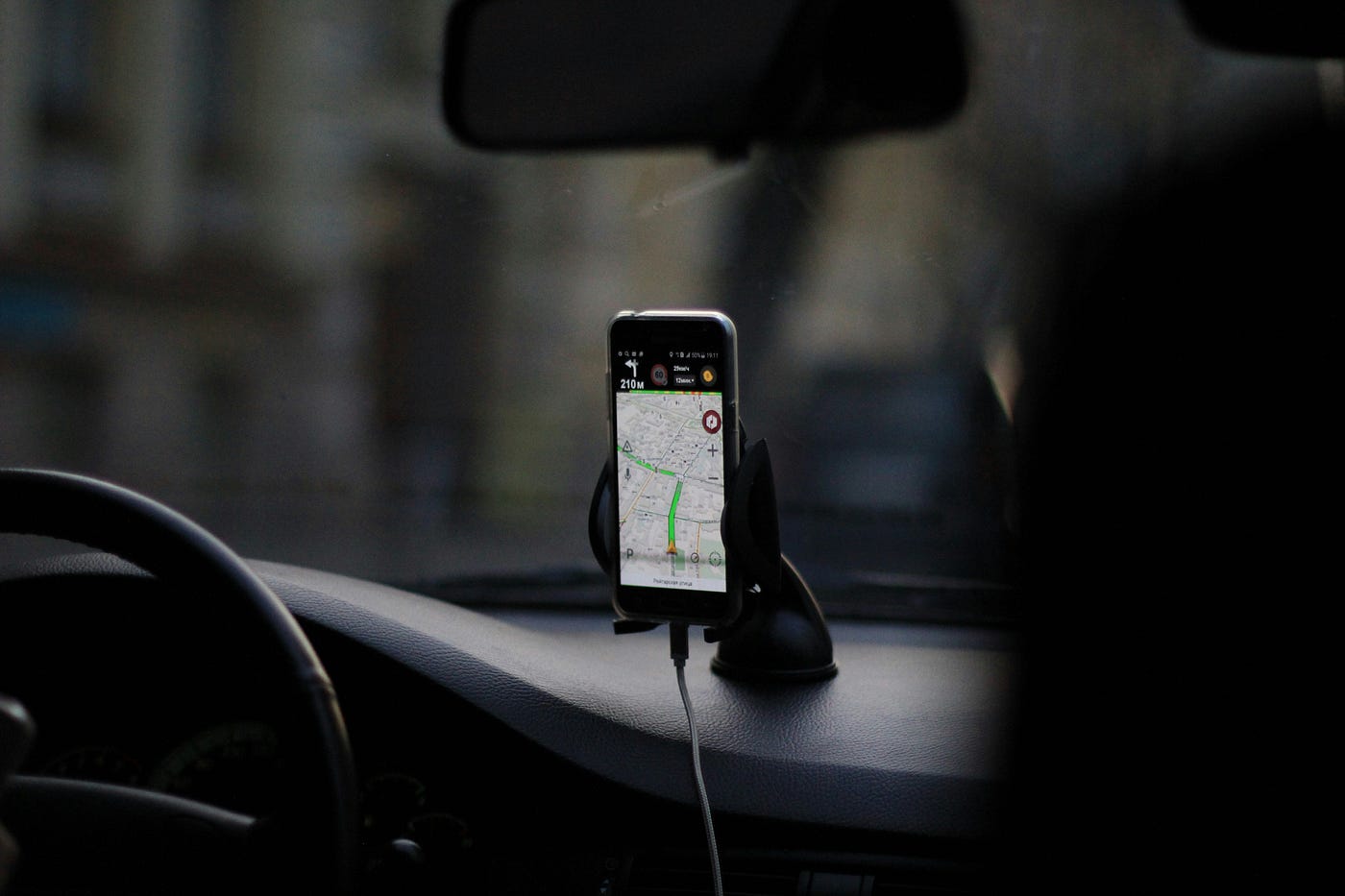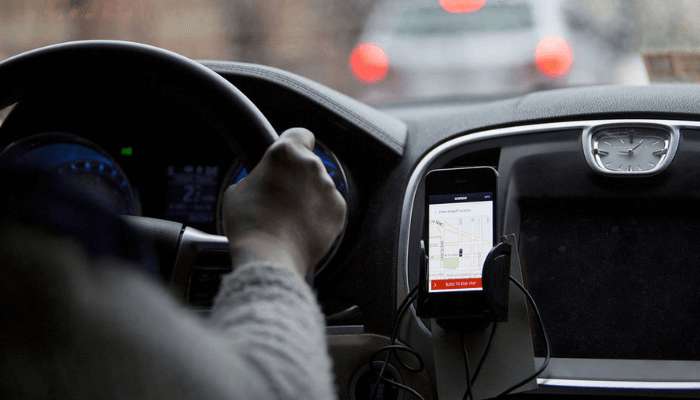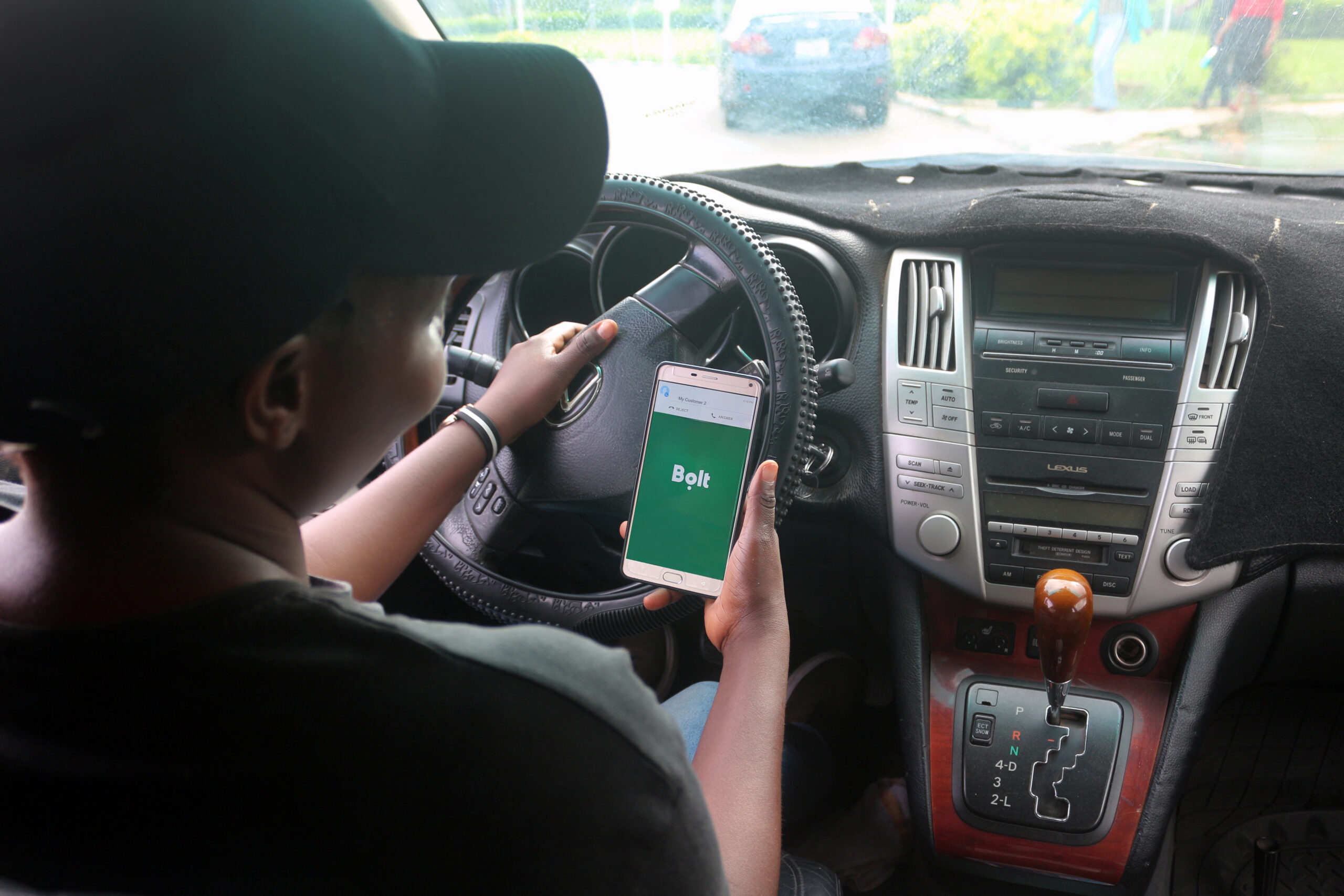While ride-hailing in Africa has a generally positive forecast, the reality tells a different story for drivers.
By Michael Akuchie
For the average ride-hailing passenger, a typical journey involves launching an app, booking a trip, waiting for the driver, and being transported to a destination. Depending on the number of passengers picked up daily, drivers are expected to earn a comfortable sum working from their vehicles. While this model may have previously enjoyed considerable success, drivers in the African market are beginning to feel the strain of a largely unregulated sector.
Beyond helping commuters avoid the hassle of public transport, ride-hailing enables people to move around the city at any time. In cities like Lagos, public transport drivers typically wind down operations by 10 p.m., whereas one can still find an Uber or Bolt available even until 2 a.m. most nights. Another notable feature of ride-hailing services is that people can travel from one point to another in complete privacy.
Unlike public transport, where passengers share a bus or train with dozens of others during their commute, an Uber ride offers a more personalised travel experience. Additionally, ride-hailing drivers rely on Google Maps—a valuable tool that provides real-time information on traffic-laden routes and the best alternatives. Public transport operators, by contrast, follow fixed routes and are unlikely to explore shortcuts.
Africans have embraced private ride services since their introduction in 2013. In 2023, Bolt announced that it had recorded over 250 million rides via its app in Nigeria since beginning operations in the country in 2016. In South Africa, Statista reports that the number of passengers is expected to reach 15.5 million by 2029. The continent’s e-hailing industry is projected to generate $3.39 billion in revenue by 2029, with the number of users reaching 268 million in the same year.

While the outlook for ride-hailing in Africa appears generally positive, the reality paints a different picture for drivers. When apps like Uber and InDrive entered the African market, they promoted e-hailing as a venture that would not only allow participants to boost their income but also become their own boss.
Whether one is a freelance writer, a virtual assistant on Upwork, or a private ride driver, the gig economy typically allows individuals to set their own work hours and potentially earn more than their counterparts in traditional 9–5 roles, such as bankers and civil servants. Yet, 12 years after the introduction of e-hailing across Africa, many drivers continue to be burdened by several macroeconomic factors that threaten their earnings and overall well-being.
Inflation has increased over the years, prompting commuters to reduce the number of times they book a ride. In Nigeria, the removal of the fuel subsidy caused petrol prices to skyrocket, forcing ride-hailing drivers and other transport operators to hike their prices.
As a result, many passengers now opt for public transport or choose to walk if the distance is short. With more commuters shifting to informal transport options such as the Lagos Danfo, Nairobi Matatu, and Abidjan Gbaka, this trend cuts into e-hailing drivers’ weekly earnings.
While some drivers use their own vehicles, many operate cars acquired through hire purchase agreements. Under such arrangements, the driver is expected to remit a portion of their weekly income, which, upon completion, allows them to take full ownership of the car. Unfortunately, rising inflation rates have made it increasingly difficult to meet the terms of these agreements.
The gig economy may have been presented as a mini utopia for private ride drivers, but the reality is far more unforgiving. Typically, a worker in the gig economy is considered an independent contractor, much like carpenters and plumbers. This means there is no provision for employment benefits such as paid leave, pensions, sick pay, health insurance, and the like.
While the phrase “be your own boss” is undeniably appealing, the limited support from ride-hailing platforms to make their drivers feel like true employees is concerning. As a result, drivers must rely solely on their earnings, which—after deducting commission, fuel costs, and vehicle repairs or maintenance—may not be as substantial as anticipated.

E-hailing drivers must also contend with the high commissions charged by the platforms. In some cases, operators take between 18% and 25% of drivers’ earnings—percentages that have been widely criticised as excessive. In recent years, drivers across Africa have staged protests to express their dissatisfaction with such policies.
In July 2023, drivers in South Africa protested against the 25% commission charged by ride-hailing platforms. A year later, in July 2024, Kenyan drivers switched off their vehicles and refused to accept passengers, demanding a reduction of the 18% commission. In Nigeria, drivers have threatened a nationwide strike starting 1st May 2025, in response to commission rates that can be as high as 30%, depending on the ride-hailing service.
Due to inflation, rising petrol prices, and high commission rates, drivers often work extended hours—sometimes from morning until midnight—just to meet their daily targets. Repeating this routine over time can lead to a host of physical and mental health issues, including migraines, body aches, stress, depression, and more.
Despite these glaring challenges, ride-hailing still presents a healthier alternative to public transport. To make the industry more sustainable, operators must consider reducing their commission rates.
In Nigeria, for example, the removal of the fuel subsidy contributed significantly to the surge in petrol prices. Given the unlikelihood of this decision being reversed, drivers may have to contend with reduced passenger numbers for the foreseeable future. As such, companies like Uber and Bolt should consider reviewing their commission structures downward.
Ride services across Africa should be open to reducing commissions during times of economic hardship. Doing so would reassure drivers that their concerns are genuinely acknowledged, encouraging them to carry out their work with renewed confidence. Where possible, commission rates should be structured based on a driver’s rating or passenger volume.
For instance, a driver who transports up to 10 passengers daily might be charged 18%, while one with fewer than five passengers could remit just 10% of their earnings. A tiered system like this could make a significant difference.

E-hailing operators should also consider setting up health insurance plans for their riders. An affordable group insurance plan would greatly support drivers as they can easily access medical care without worrying about the cost of a consultation, potentially consuming a week’s earnings.
If possible, ride services should also collaborate with mechanics to offer subsidised maintenance services. This will relieve the pressure of having to spend a lot of money on a vehicle fault or general maintenance.
Ride-hailing services should not be expected to handle these reforms alone. African governments should consider introducing more actionable policies that will make e-hailing operators responsible for the well-being of their drivers. For instance, making health insurance a compulsory feature will go a long way towards addressing riders’ concerns about safety.
For many riders, ride-hailing remains an amazing alternative to many traditional jobs. In a market free of inflationary pressures, drivers’ earnings should easily cover their expenses.
Unfortunately, many Africa-based drivers can not enjoy this convenience due to high commissions, fuel costs, and dwindling passenger numbers. However, if ride service providers make some adjustments to the current model, drivers should be able to earn more without working long hours at the expense of their health.
Michael Akuchie is a tech journalist with five years of experience covering cybersecurity, AI, automotive trends, and startups. He reads human-angle stories in his spare time. He’s on X (fka Twitter) as @Michael_Akuchie & michael_akuchie on Instagram.




